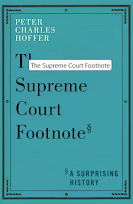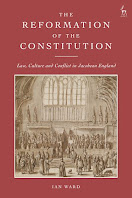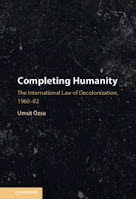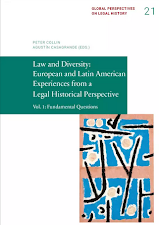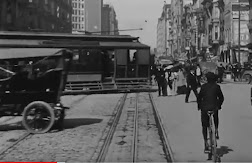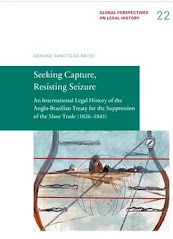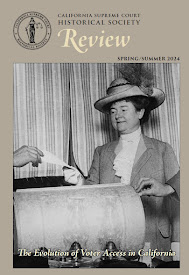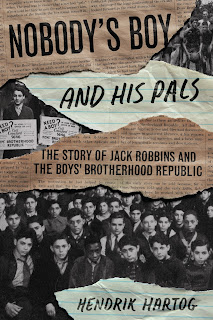The Max Planck Institute for Legal History and Legal Theory in Frankfurt/Main is a world leader in fundamental research on law. Its three research departments with more than 70 scholars, the unrivalled collections of its specialized library, and its numerous national and international co-operations make it the central research hub for a global scientific community investigating the past, present and future of legal regimes.
We are looking to recruit as of 1 November 2024 a PhD student (m/f/div) for the DFG Research Training Group "Organizing Architectures"
The DFG Research Training Group "Organising Architectures" (3022), which consists of 12 doctoral student positions and in which the Goethe University Frankfurt/Main, the Technical University of Darmstadt, the University of Kassel and our Institute are involved, focuses on architecture as the organized, collective shaping of modern societies through institutions, networks and discourses. This focus is based on the assumption that observation of social orders cannot be separated from architectural formations and that these, like the respective architectures, arise through specific, complex social negotiation processes. A detailed description of the graduate school and more detailed information on applications can be found at the website of the Center for Critical Studies in Architecture.
We are also offering an online information event where we will present the research concept, the study program and the future working methods of the college, and will of course be available to answer any questions. Registration is not required. The link to participate can be found on the website mentioned above.
We welcome applications that demonstrate a serious interest in legal history or in a historical discipline that addresses questions of normativity, as well as a willingness to combine this with the thematic fields of architecture and urban planning.
We expect a qualified, above-average university degree in law or history. Additionally, we expect a willingness to work in an interdisciplinary manner and ideally initial experience in this, the ability, eagerness and readiness to work in a team, presence at Frankfurt and good German or English skills, as well as the willingness to learn the other language.
You will have unlimited access to our world leading library and a multitude of databases. You will be provided with a work space and will receive extensive academic and administrative support. There are generous grants for research trips to archives and libraries, as well as for attending conferences. A variety of personal and career development opportunities is available, including funding for German language classes.
We offer an attractive and international work environment with an unparalleled research infrastructure and a good working atmosphere. The payment is currently €3,008 per month (gross) in the first year, which equals approximately €2,065 after taxes in the first year and €2,195 in the second year, depending on family circumstances, plus a special annual payment. The job is a full time position (currently 39 hours per week). While you will be based in Frankfurt/Main, there are generous opportunities for mobile working (at present, up to 40 per cent per month). The position is a fixed-term appointment for three years, with the possibility of renewal for a further year.
We welcome all applications, regardless of nationality, ethnic and social background, religion and age. We are striving to increase the proportion of female researchers and staff and therefore particularly encourage women to apply. Severely disabled people with the same abilities and qualifications will be given priority. The college also offers support in balancing family and work; there are generous opportunities for mobile working (at present, up to 40 per cent per month). Due to the collaborative nature of the interdisciplinary group, active participation in the qualification and study programme of the research training group is expected.
Application process. Please submit the following application documents in German or English (compressed into one file, max. 5 MB):
- A cover letter explaining your motivation for pursuing a doctorate in the Research Training Group, stating in which of the participating disciplines you are pursing your doctorate;
- CV with information on your course of study and language skills and your academic certificates (scanned);
- A detailed research exposé of a maximum of 3 pages plus a bibliography for a doctoral project taking into account the academic program of the Research Training Group.
Your application must be submitted online via our application form by the closing date of 28 July 2024.
Contact: Informal enquiries may be directed to PD Dr. Peter Collin ([email protected]) or - as far as it generally concerns the activities of the Research Training Group – to the spokesperson of the group Prof. Dr. Carsten Ruhl ([email protected]) or to the co-spokesperson Prof. Dr. Sybille Frank ([email protected]). For questions as to the terms and conditions of employment please contact Ms. Anna Heym ([email protected]).






